Trees and plants
2018
You may also like
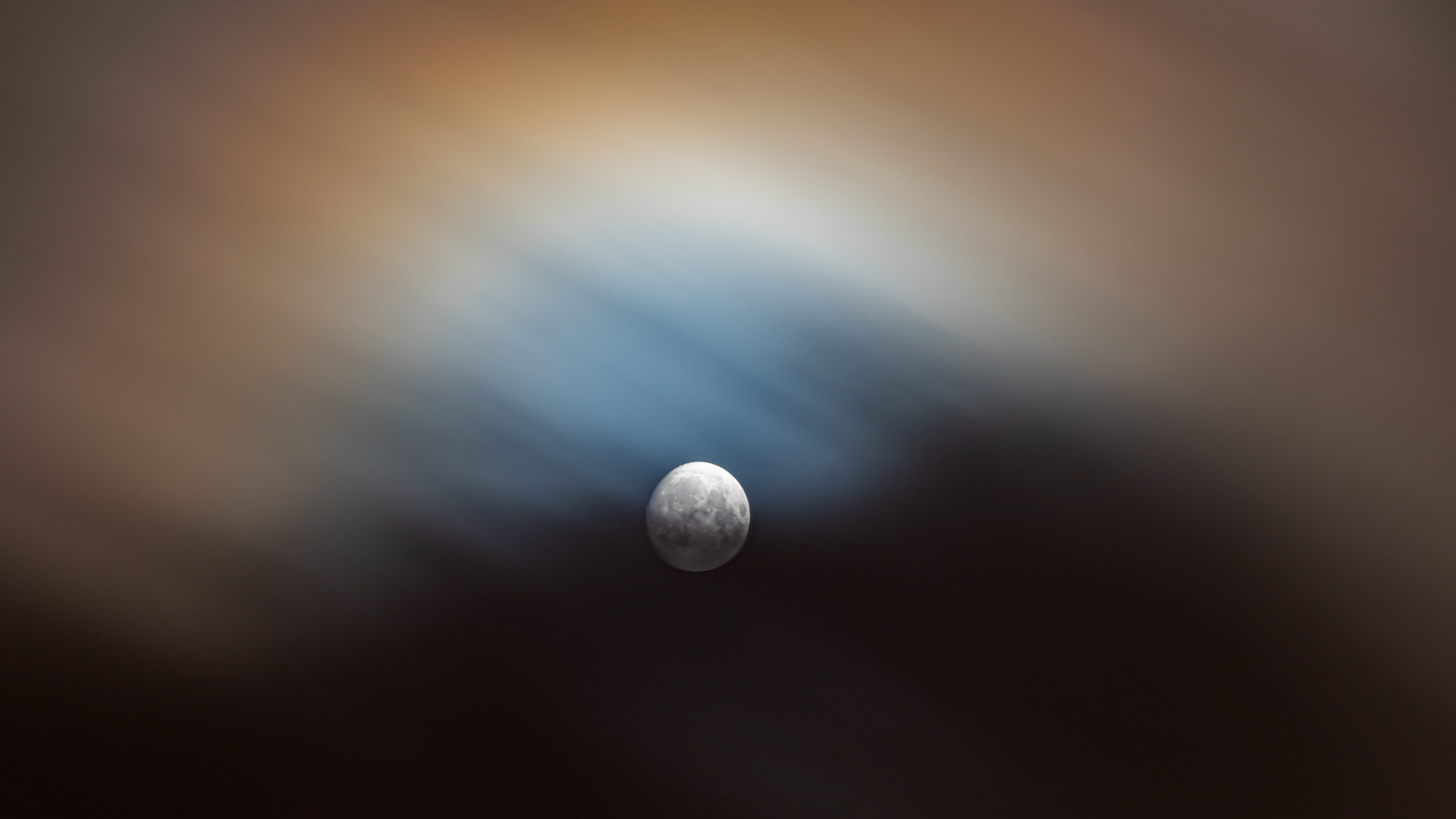
2020
The Moon
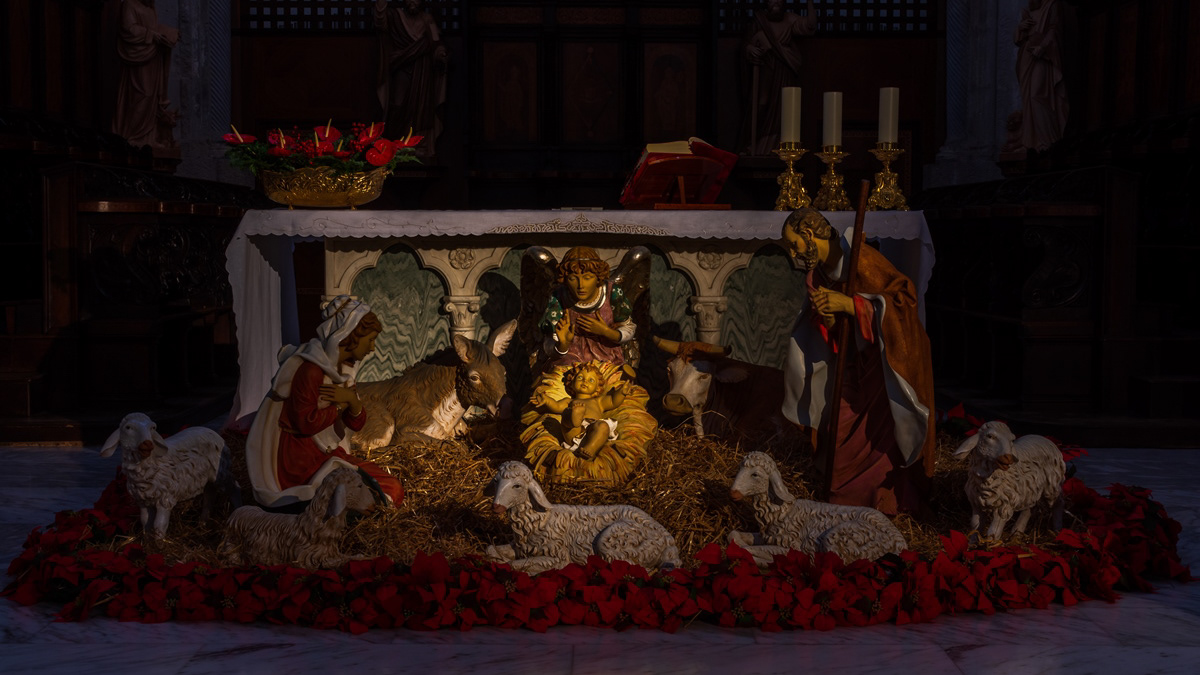
2018
Nativity scene of the Cathedral of Teano 2018
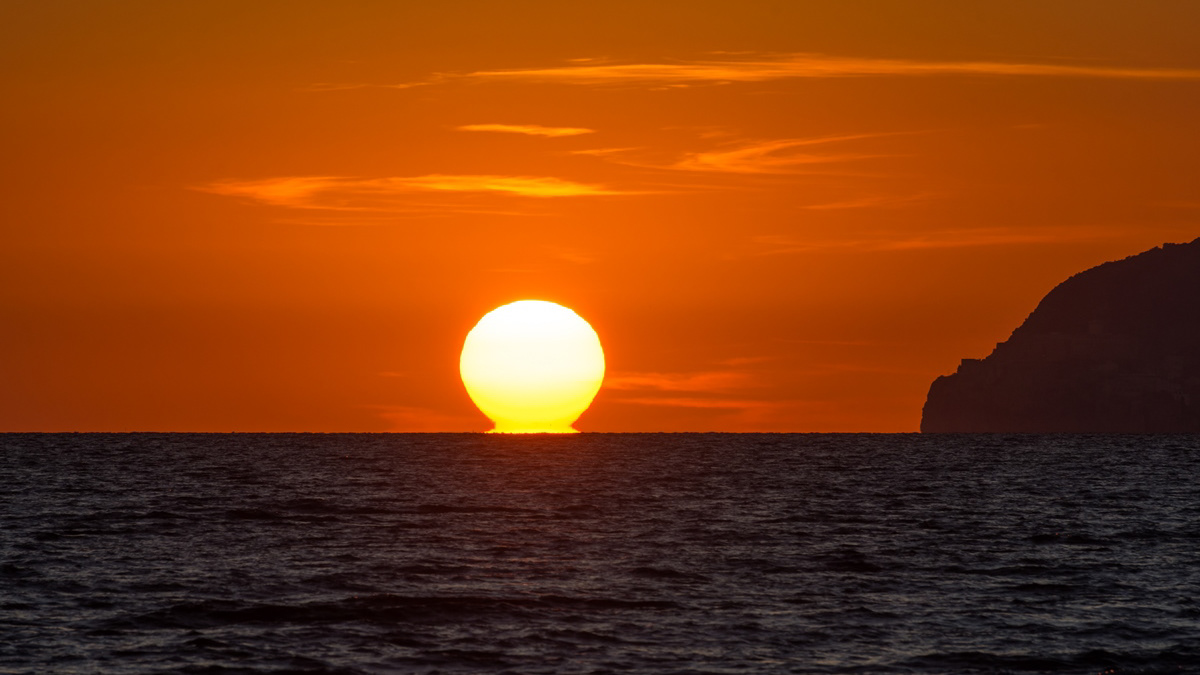
2017
Marina di Minturno (LT) - Sunset
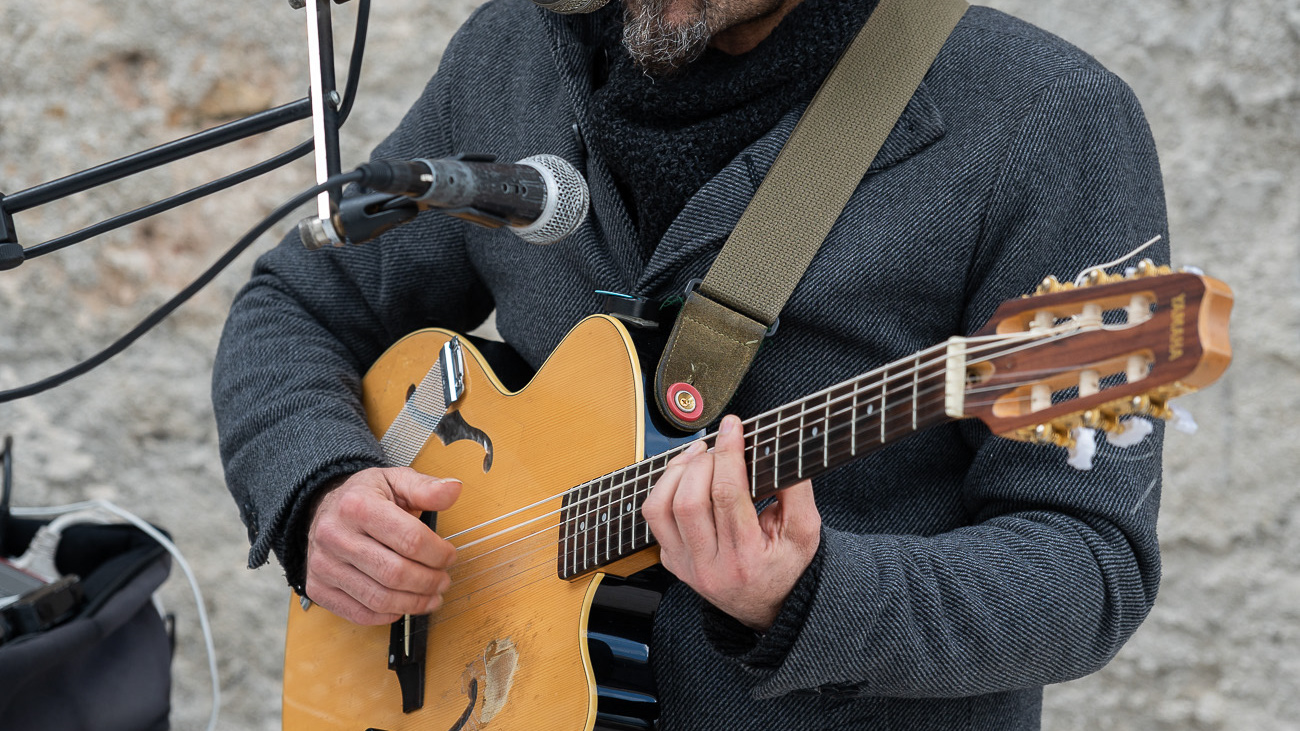
2023
SALLY Cangiano. Fornelli 10 aprile 2023

2020
Clouds
Clouds in the sky. The wonderful spectacle of a sky full of clouds. Depth and three-dimensionality of a cloudy sky.
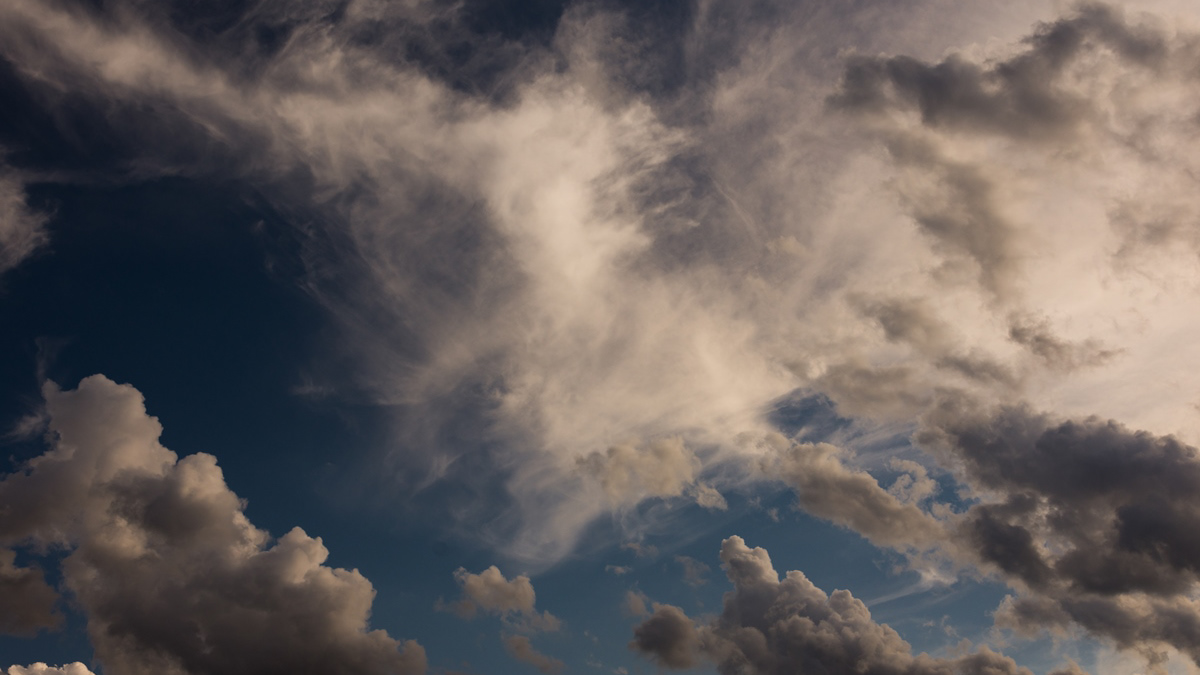
2018
Clouds
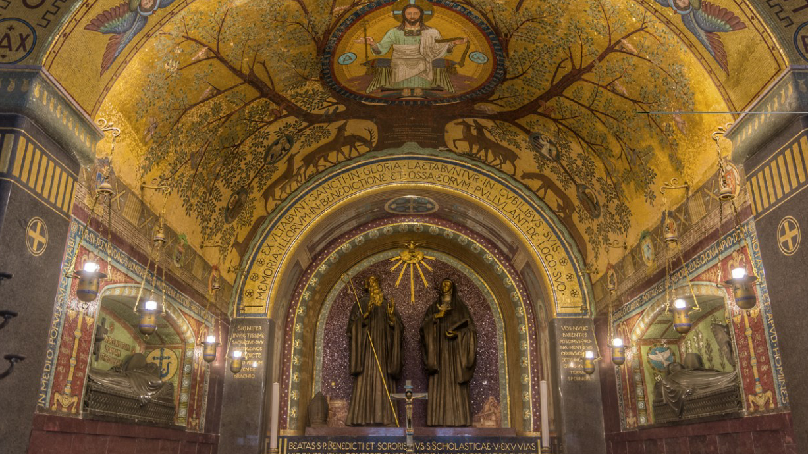
2020
Benedictine abbey of Monte Cassino. Interior view
The abbey of Montecassino is a Benedictine monastery located on the top of Montecassino, in Lazio. Since December 2014, the site has been managed by the Lazio Museum Center. It is the oldest monastery in Italy together with the monastery of Santa Scolastica. It rises 516 meters above the sea level.

2018
Miscellanea
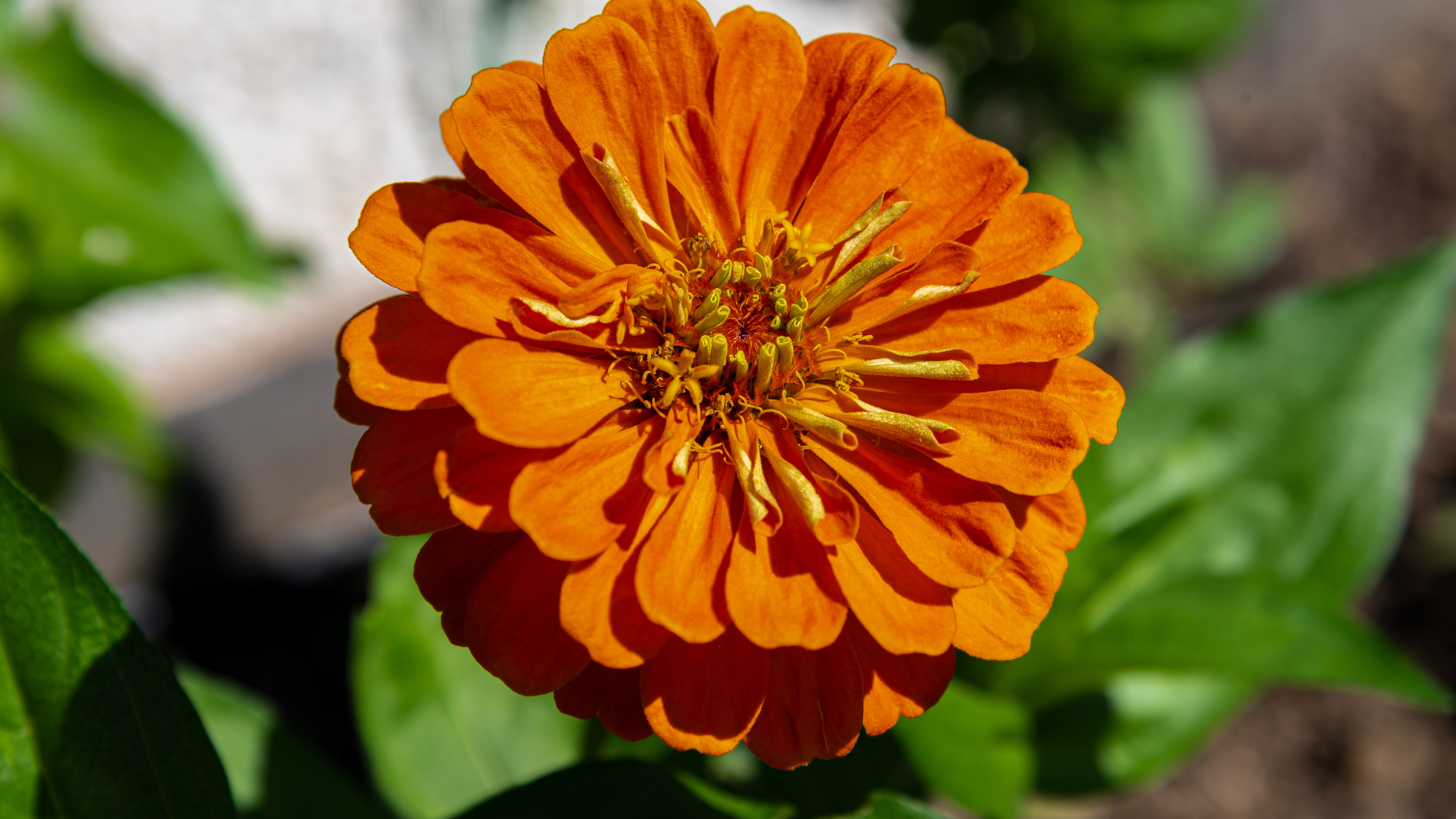
2020
Flowers
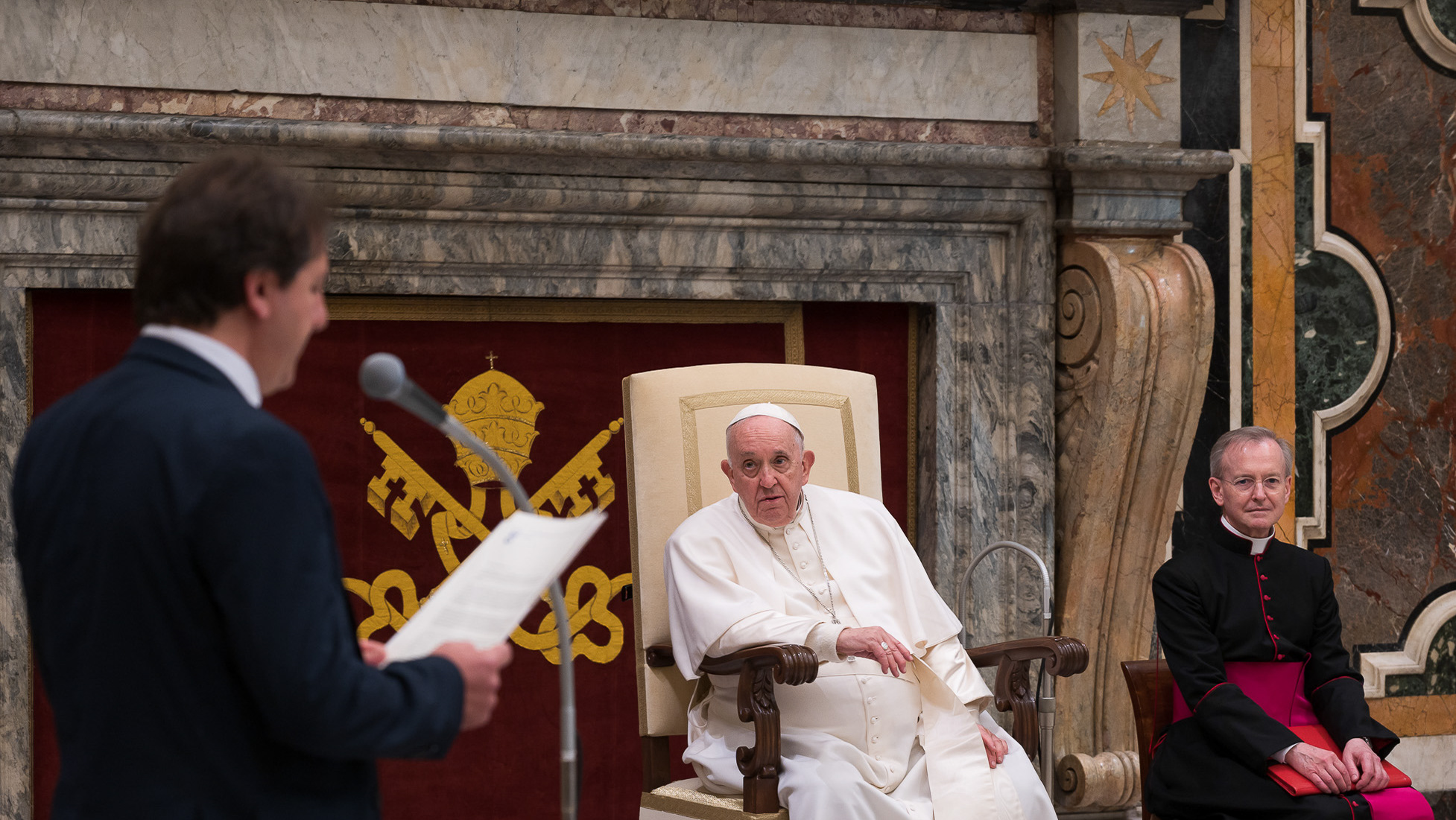
2023
Papa Francesco 3 aprile 2023
Pope Francis, in Latin: Franciscus PP., in Spanish: Francisco, born Jorge Mario Bergoglio, is, since 13 March 2013, the 266th pope of the Catholic Church and bishop of Rome, 8th sovereign of the Vatican City State, primate of Italy, in addition to the other proper titles of the Roman pontiff
